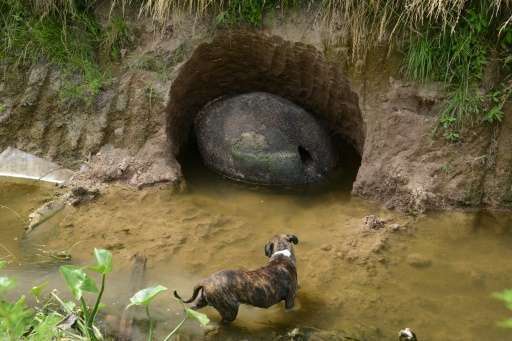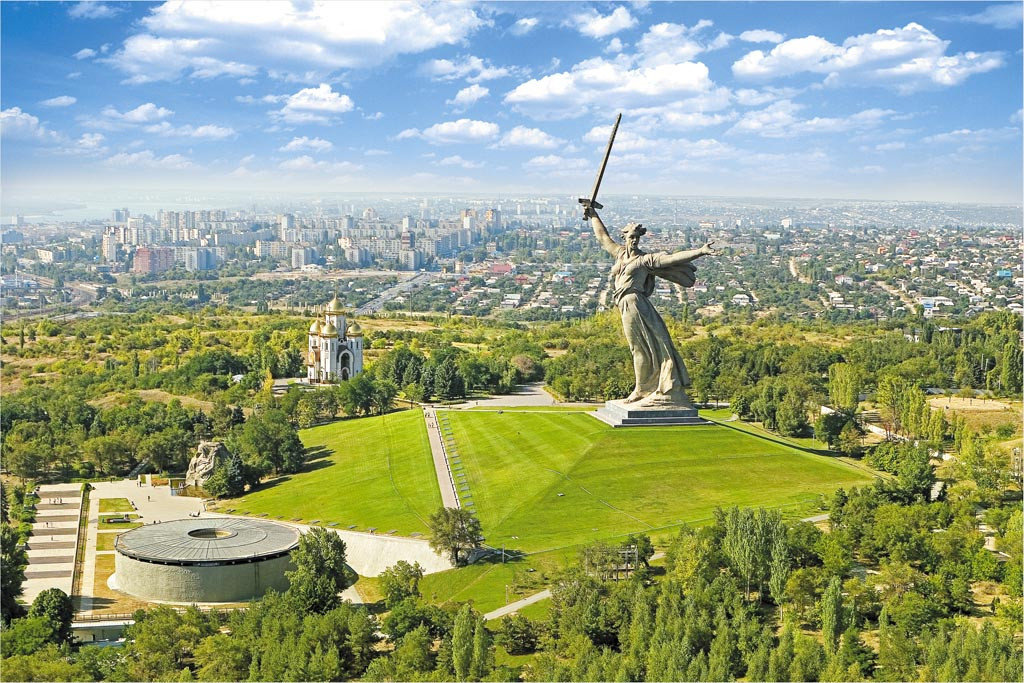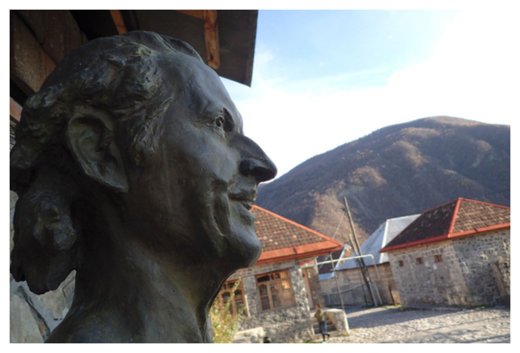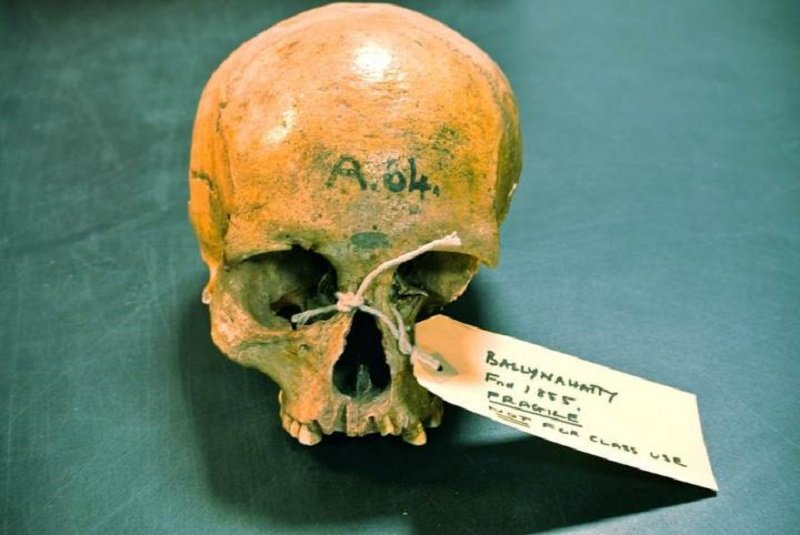OF THE
TIMES


"There can be no alliance between Russia and the West, either for the sake of interests or for the sake of principles. There is not a single interest, not a single trend in the West which does not conspire against Russia, especially her future, and does not try to harm her. Therefore Russia's only natural policy towards the West must be to seek not an alliance with the Western powers but their disunion and division. Only then will they not be hostile to us, not of course out of conviction, but out of impotence."These words, which sound like something Russia's President Vladimir Putin might have said recently, were actually penned in 1864 by the Russian poet and diplomat Fyodor Tyutchev. The notion of perpetual Western antipathy runs in strong currents throughout Russian thought over the past two centuries. Indeed this is a well from which Putin has drawn deeply in recent speeches to mobilize the Russian populace and to justify the Kremlin's policies in Ukraine and elsewhere. The West, according to this account, is both envious of Russia's dynamism and moral superiority and eager to profit territorially at Russia's expense. Putin has repeatedly alleged that the West has maintained a containment policy toward Russia since the 18th century; the Western reaction to events in Ukraine is merely the present manifestation of this policy. Indeed, so deep and consistent is the animosity toward the mighty Eurasian colossus that, even without Ukraine, Westerners would have seized on some other pretext, however flimsy, to try to keep Russia on its knees.


Comment: See also: The mystery of Coral Castle